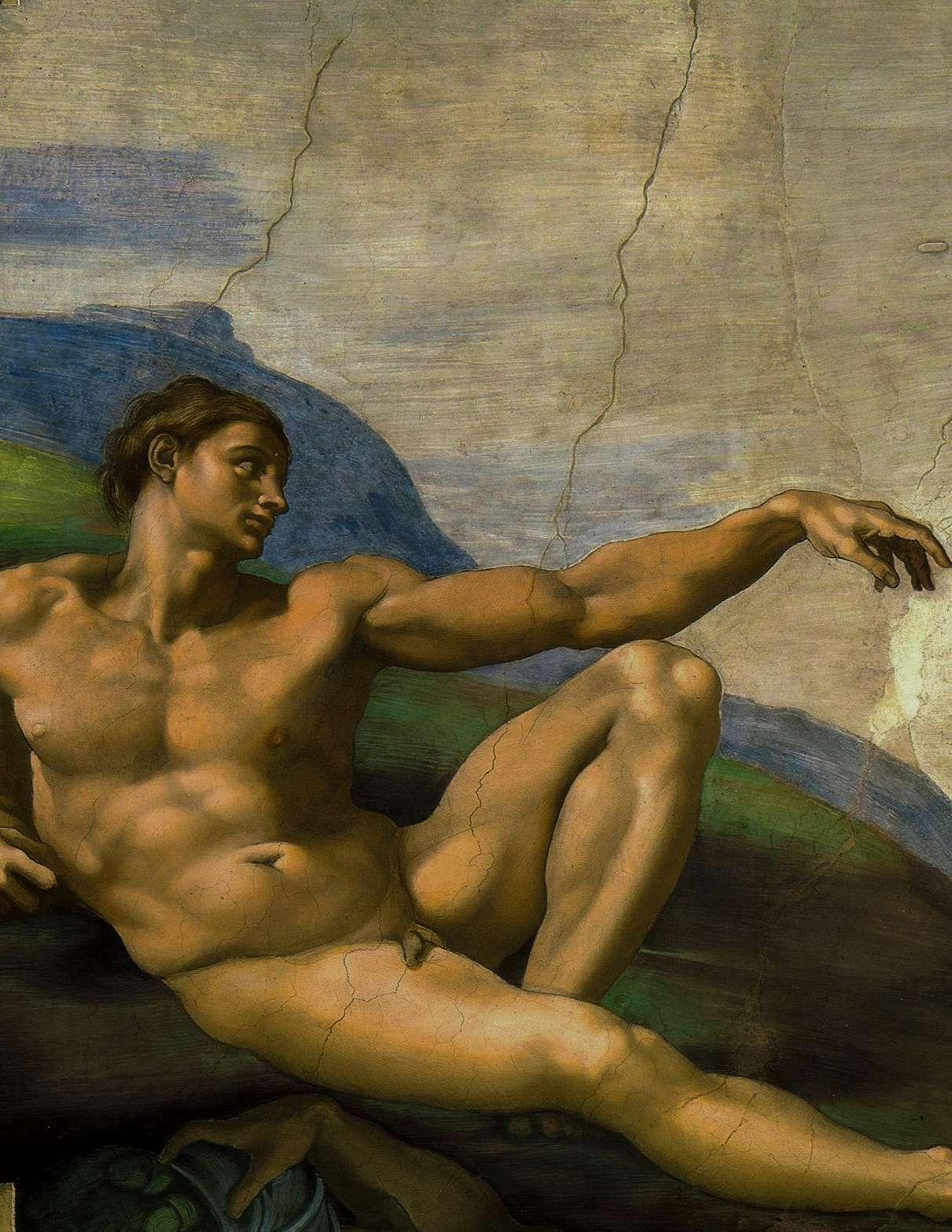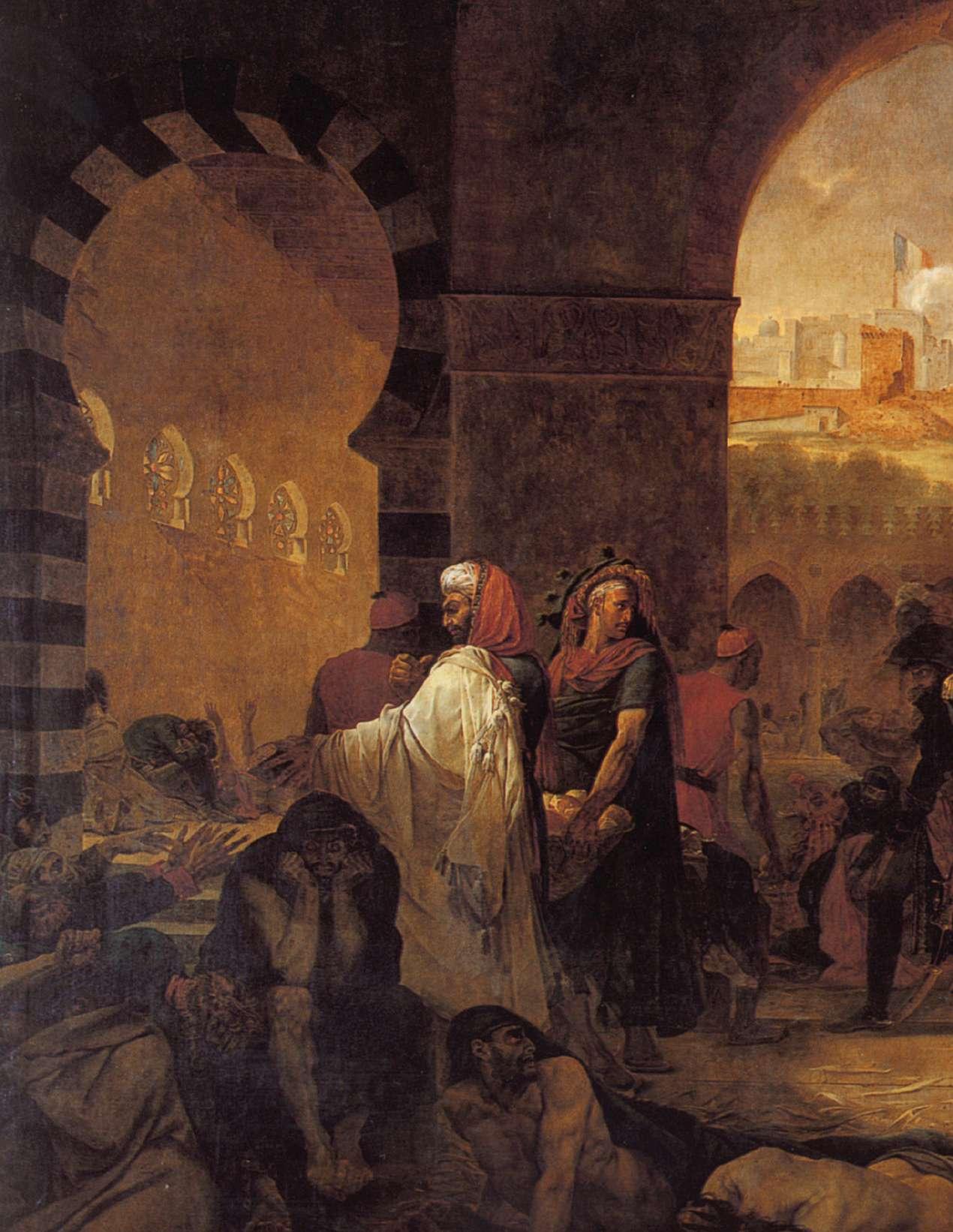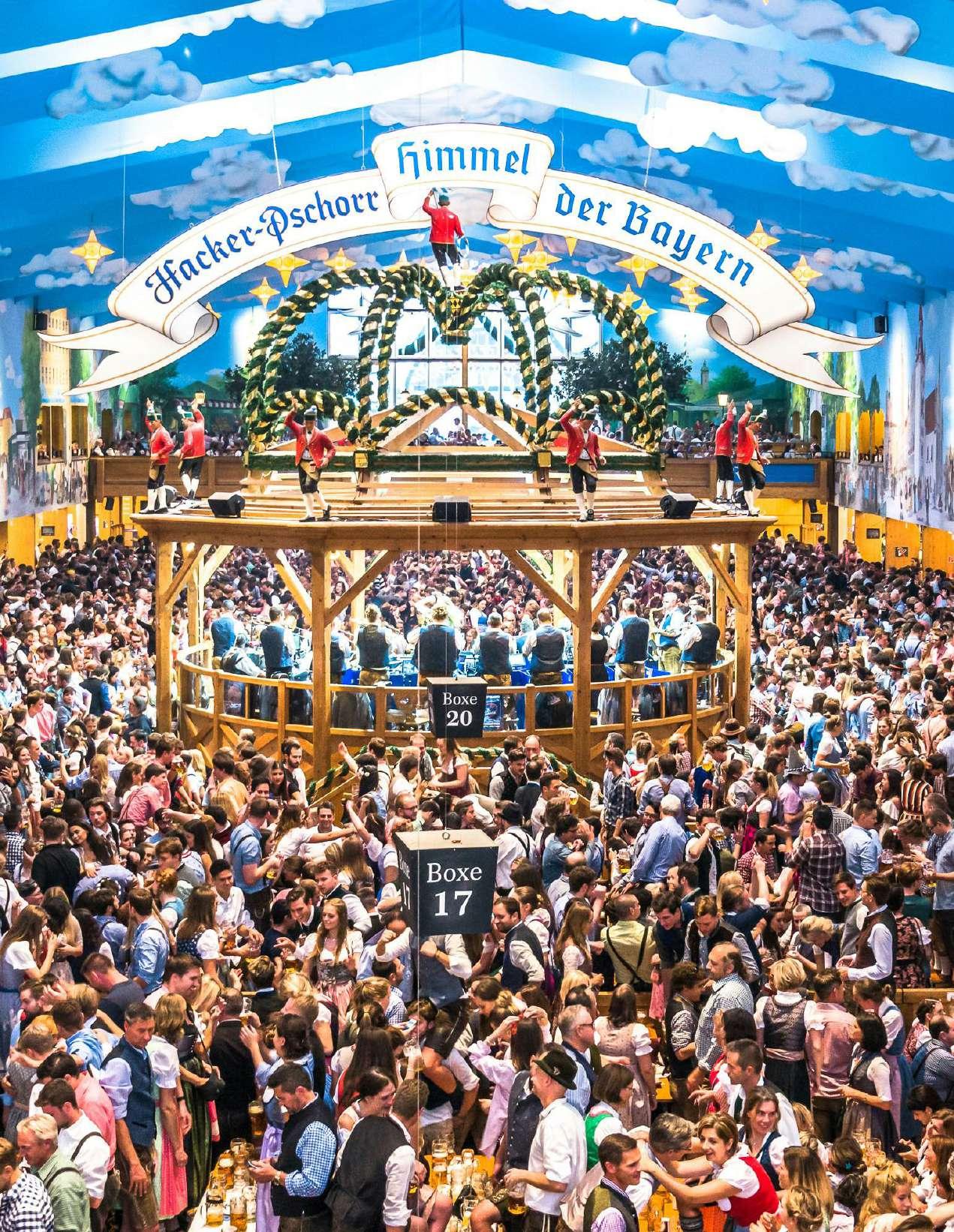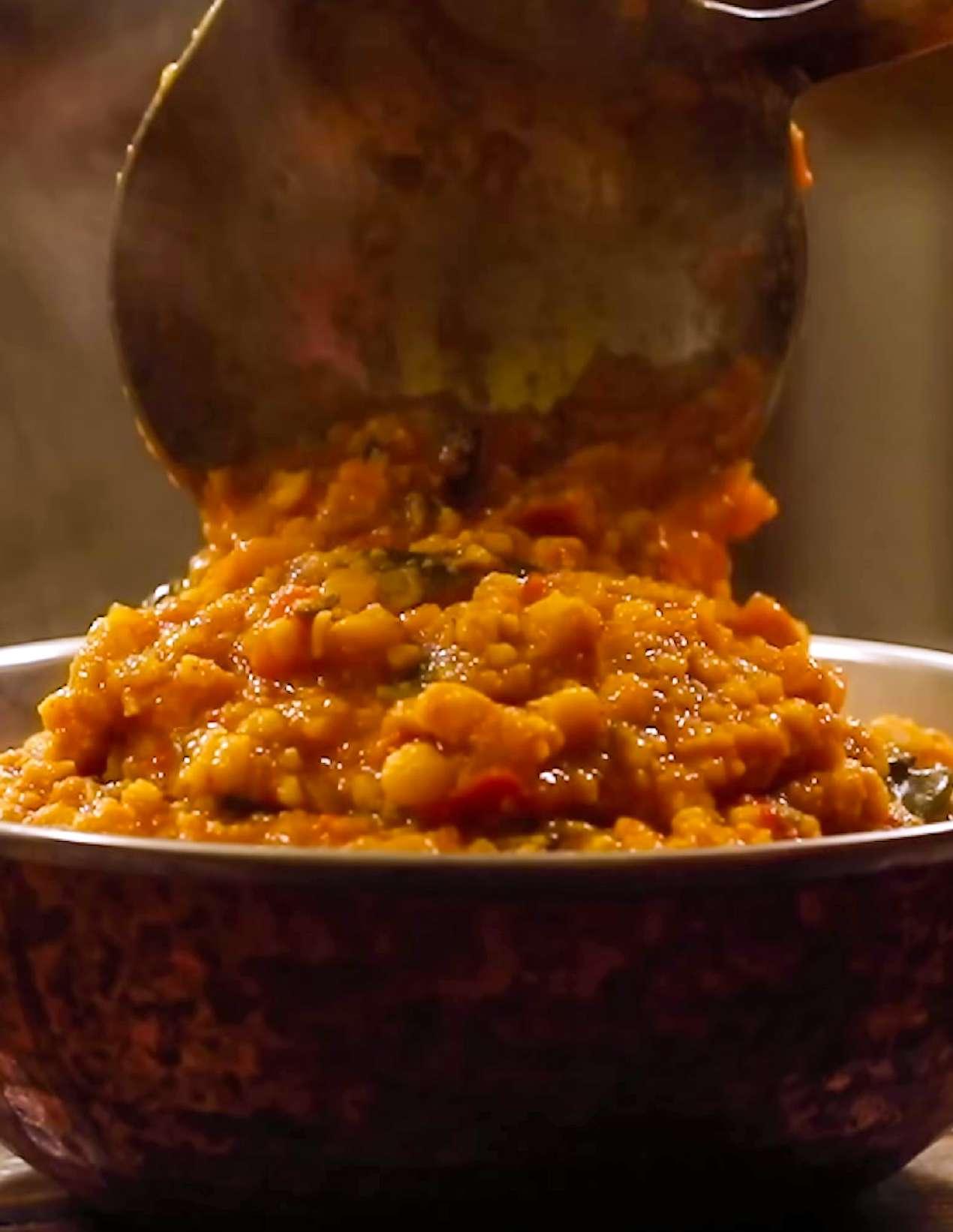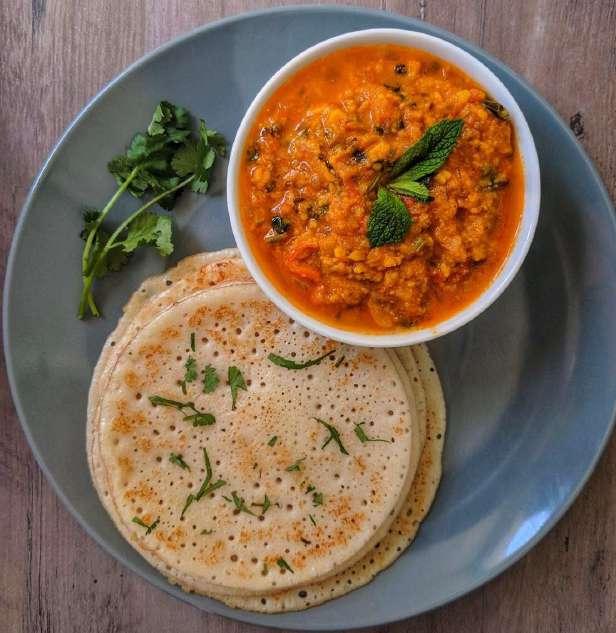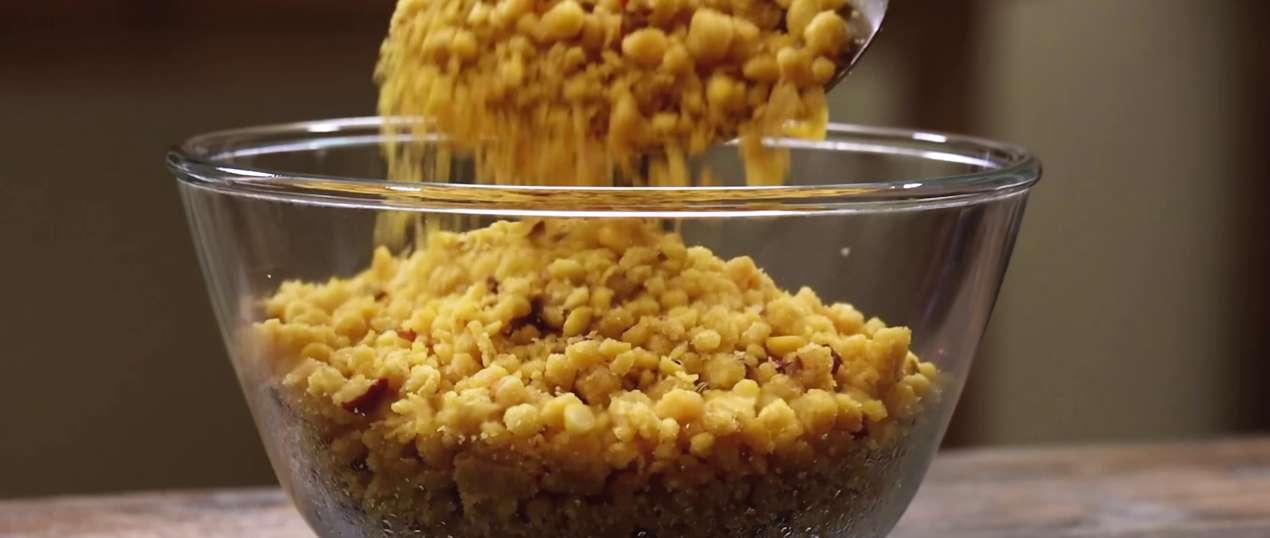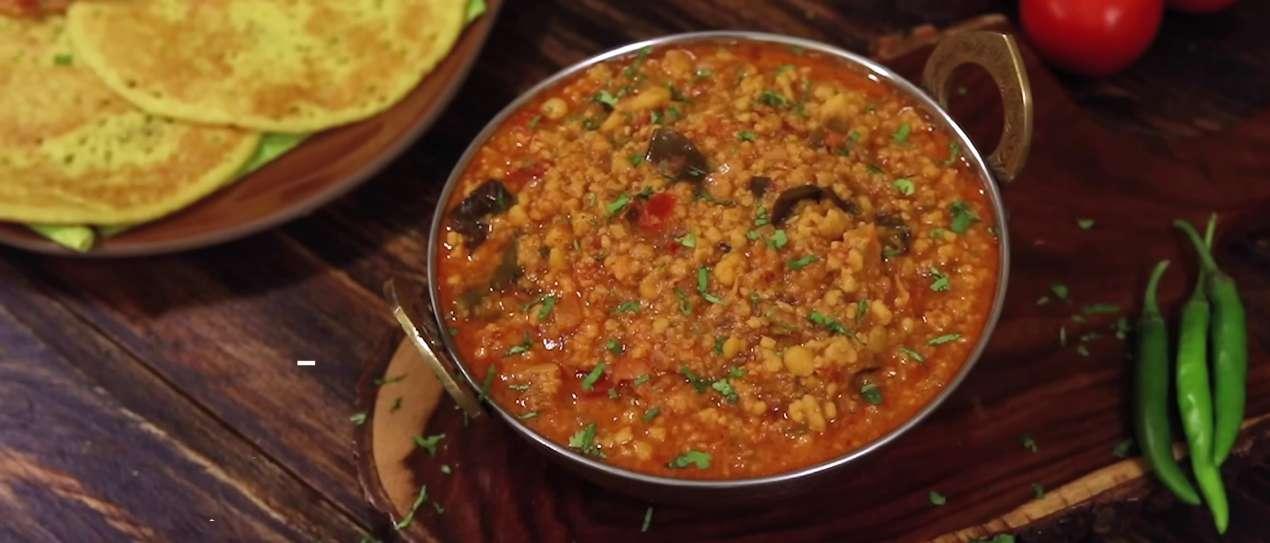












INTERNAL TEAM
Sameer Bharat Ram









Bharat Ram
Sameer Bharat Ram Nanditha Vijayaraghavan Sheeba Grace
Akshaya G Aishwarya Sridharan Yoheswari Devaraj
Sameer Bharat Ram
Lekhashree Natarajan Tharun K
FEATURE / CONTRIBUTING WRITERS
Akshaya G Aishwarya Sridharan FEATURE / CONTRIBUTING WRITERS
Dhinesh Babu S
Dhinesh Babu S
Dhinesh Babu S
Elumalai V
Dhinesh Babu S
Purushoth Appu
Dhinesh Babu S
Dhinesh Babu S
Elumalai V
Elumalai V
Elumalai V
Elumalai V
John Paul S
Rekha Padiki
Elumalai V
John Paul S
John Paul S
John Paul S
John Paul S
John Paul S
John Paul S
FEATURE / CONTRIBUTING WRITERS
/ CONTRIBUTING WRITERS
Aishwarya Kanchi Aarathi Arun Veejay Sai Aarti Aney Aasha Sriram Vilani Senthamil DESIGNERS
Nanditha
Nanditha Vijayaraghavan Janani Suri
Nanditha Vijayaraghavan Janani Suri
Vidhya Anand Sanjana Ganesh Nanditha
Vidhya Anand Sanjana Ganesh Nanditha Vijayaraghavan
Nanditha Vijayaraghavan Janani Suri Aishwarya Kanchi
Aarathi Arun Nandita Vijayaraghavan Divya K Purushotham
Anmol Mishra
Sadakshi Kalyanraman Karthik Keramalu Akila Sridhar
John Paul S
John Paul S
Sahana Subramanya
Aishwarya Kanchi Sadakshi Kalyanaraman
Sadakshi Kalyanraman Karthik Keramalu Akila Sridhar
Sadakshi Kalyanraman Karthik Keramalu Akila Sridhar
Aishwarya Kanchi Aarathi Arun Veejay Sai
Aishwarya Kanchi Sadakshi Kalyanaraman
Aishwarya Kanchi Aarathi Arun Veejay Sai
Sadakshi Kalyanraman Karthik Keramalu Akila Sridhar
Aparna P Kochumon Anagha Natraj Pranav Radee Abinaya Subramanian Aishwarya Kanchi
Aarathi Arun
Aarathi Arun
Pavithra
Aarathi Arun
Aarathi Arun
Pavithra Babu
Pavithra Babu
Aarti Aney
Chiranjivi Penumala Santoshini Appiah Denver Fernandez Aishwarya Abhishek Singh
Padma Murugahappun

Padma Murugahappun
Padma Murugahappun
Aasha Sriram Vilani Senthamil
Akshay Ramesh
Akshay Ramesh
Padma Murugahappun
Aarti Aney Aasha Sriram Vilani Senthamil






06 Unraveling the Enticing Beauty of the Pink City


22 The Efficacies of Culinary Aesthetics
14 Gods, Giants, and Gossip Squirrels: The Wild World of Norse Myths

30 Exploring the Unparalleled World of the Vermilion Cliffs

38 Nutritional Powerhouse: Nuts & Seeds

42 From Renaissance Grace to Neoclassical Order: A Timeless Dance of Art and Style

A Fun Dive into the World’s Biggest Beer Bash: Oktoberfest 50
54

Vada Curry: Chennai’s Best-Kept Secret (Until Now)

58 When the Clocks Chimed Their Way Through Madras City
Brew’s new spotlight is on art and culture that embarks on the essence of the magazine.
Let’s dive into this theme - “Culture and Living” for an amusing ride and diverse content.



I was watching “Kadhal Kottai” on TV the other day and that evoked a lot of memories in me. Of lovers who haven’t seen each other, the sweetness of gifts, the wistful voice of SPB’s “Un Mugam Nan Kana Kadhimae,” the unknown land of Rajasthan, and the experience that the city gives and the people have to offer. Cinema is what first introduced me to this beauty.
The song in the movie “Sivappu Lolaku Jolikkudu” connected strongly with me while I was roaming around under the golden sky sparkling in Jaipur. Rajasthan presents a novel experience for those who enjoy verdant landscapes. In particular, we are
able to experience several “epic” tales and “classic” close-ups with each camera clicks. Among the architecture of deserted palaces, buildings, alleyways in bazaars, marble stones, and desolate countryside stretching for miles was a perfect representation of how I felt.
Known affectionately as the “Pink City,” Jaipur was established in AD 1727 during the rule of Maharaja Sawai Jai Singh II. A massive rampart encircles the pink-tinted metropolis, and its streets and alleyways like leeches with sporadic ups and downs. Though the archives show that the young Bengali architect Vidyadhar Battacharya
developed the blueprint for this metropolis, his artistic grace is breathtaking. The person has created vast straight pathways, highways, streets, alleys, and rows of identical stores on either side of the main commercial routes.
You would never get worn out visiting the vibrant shopping streets of Jaipur, regardless of the distance. The lure of cheap jewellery, marbles, and Rajasthani handloom clothing entices you. Beautifully groomed gardens and parks, fascinating monuments, and beautiful heritage hotels that were originally Maharajas’ palaces are all breathtaking sights. Your visit to Jaipur will be fascinating with the

swinging camels and vibrantly coloured clothing. When one sees palaces with a thousand windows, it is impossible for a Tamil mind to ignore the memories of people living in Karaikudi Chettiar houses.
In the midst of these magnificent palaces and sculptures, we find ourselves laughing as if we have merely witnessed the dances of the beautiful women who starred in Tamil films. These women, starting with the reign of MGR and Shivaji, laid the groundwork for the dance performances. Rajasthan served as the location for the filming of MGR’s Adimai Pen, which featured the palaces
of the queens. Rajasthan is so popular among filmmakers that, up until the most recent Ponniyan Selvan film, there has not been a single director who has not made an attempt to establish a presence in the state.
Tamil film directors are not the only ones attempting to establish a presence in Rajasthan. The James Bond movie “Octopus” was a big success all over the world. The film shot parts of its three quarters of an hour in Rajasthan, inspiring me to embark on my journey. In general, the Rajasthan tourism department has changed the image of desert and camel as far
as the eye can see in the mind through its hard work in the last 15 years. Foreign tourists coming to India also include a visit to Rajasthan in their heart list along with visiting Delhi and Agra. Touring these three towns is called ‘Triangle Tourism’.
Despite the abundance of information available on Google and Wiki, it’s crucial to compile a personal list of locations that you simply must visit. An astronomical observatory constructed out of stone at Janthar Manthar was home to astronomical instruments that were fashioned according to scientific principles.

Regardless of your level of exhaustion, you simply must visit the Hawa Mahal, a five-story palace that resembled a peacock. Finely carved stone windows, resembling honeycombs, graced the building. We learned that they built it to give the royal ladies a chance to watch the city’s daily activities and the royal processions, evoking nostalgia for the “Black and White” era.
The Govind Devji Temple, located in the great hall of the Jainivas Estate without a tower to the north of Chandramahal, is the most famous temple in Jaipur; the city is known for its towers, dedicated to Lord Krishna. A temple in Vrindavan once dedicated the idol of Govind Devji here. According to the inscription, Sawai Jaising II brought it there, which later became his family’s deity.

Despite the presence of palaces, halls, domes, gardens, and temples, Amer Fort continues to stand majestically in the midst of a densely forested terrain. It is only possible to approach the palace through a difficult path because it was constructed from beneath the water of Maota Lake. Elephant rides are the only way for tourists to experience this treasure. There is a sense of anticipation here. However, you are only allowed to ride an elephant up to Jaleb Chowk. Over there, there are two lanes that split off. Both the Shila Matha Temple and the Palace can be reached by ascending two flights of stairs, which begin at one end of the Chowk and lead to the other end. Creators of art!

For a shopping spree, people can visit Rajasthan with their eyes closed. You will be able to purchase jewellery that is sure to grab your attention, as well as stunning gemstones, semi-precious gemstones, kundan and minakari work with enamel coating in gold. Cotton garments, such as those with Sanganeri designs, tie-anddye, and exquisite kota sarees, are also readily available.
A celebration was held at the Marwar festival in honour of the individuals who had been very kind and generous. Gauri Ambigai, the goddess of fertility, is honoured at this festival, which takes place from the month of March to the month of April. While it is hosted throughout the entire state of Rajasthan, Jaipur and Udaipur are the ones that host it on a massive scale in order to entice everyone. If you are looking to satisfy your artistic needs, Rajasthan is without a doubt the “best choice”.

















In a world where reality and myth intertwine. Where the branches of a cosmic ash tree cradle the nine realms of existence, and where gods and monsters wage an eternal struggle for supremacy; Where wolves can swallow the sun and a simple squirrel whose gossip-mongering antics span the heights and depths of Yggdrasil itself.
We delve into these legends and discover how each being embodies fundamental forces of nature, concepts of order and chaos, and the eternal cycle of creation and destruction that defines the Norse worldview.


1. Jörmungandr (The Midgard Serpent)
The enormous sea serpent offspring of Loki and the giantess Angrboða, Jörmungandr is so large it encircles the entire world and grasps its tail. In Norse mythology, it represents the outermost boundaries of the mortal realm, Midgard. Jörmungandr is destined to fight Thor during Ragnarök, the final battle. Their confrontation is prophesied to end with Thor slaying the serpent but succumbing to its venom nine steps later, symbolising the cosmic balance of victory and defeat.
2. Fenrir
A monstrous wolf, also Loki’s offspring with Angrboða, Fenrir plays a crucial role in Norse tales. Prophesied to kill Odin during Ragnarök, Fenrir represents the forces of chaos that threaten cosmic order. The Æsir gods, fearing his growing strength, tricked and bound him
using a magical rope called Gleipnir, crafted by dwarves from impossible things like the sound of a cat’s footfall and the roots of a mountain. This binding cost the god Tyr his hand, showcasing the price of maintaining order. Fenrir’s breaking free at Ragnarök signifies the unleashing of primordial chaos.
3. Sleipnir
Odin’s eight-legged horse, considered the fastest of all creatures, Sleipnir symbolises Odin’s role as a psychopomp, guiding souls between worlds. Born to Loki while in the form of a mare, Sleipnir’s unusual parentage reflects the fluid nature of boundaries in Norse mythology. His eight legs are thought to represent the eight directions of the compass, emphasising his ability to traverse all realms. Sleipnir is also associated with shamanic practices, serving as a mount for spiritual journeys between worlds.


4. Ratatoskr
A squirrel that runs up and down Yggdrasil, the world tree, Ratatoskr carries messages between the eagle at the top and the dragon Níðhöggr at the roots. More than just a messenger, Ratatoskr is known for spreading gossip and sowing discord, embodying the concept of miscommunication and conflict between different realms of existence. Its constant movement up and down Yggdrasil represents the flow of information and energy through the cosmos.
5. Níðhöggr
A dragon that gnaws at the roots of Yggdrasil, Níðhöggr symbolises decay, destruction, and the forces of entropy that constantly threaten the world’s stability. In some interpretations, Níðhöggr represents death and the underworld, feeding on the corpses of the guilty. Its eternal conflict with the world tree reflects the cyclical nature of creation and destruction in Norse cosmology.
6. Hræsvelgr
A giant who takes the form of an eagle, Hræsvelgr sits at the edge of the world. His name means “corpse swallower,” connecting him to death and the passage of souls. By beating his wings, Hræsvelgr creates the winds that blow across the world, influencing both weather and fate. This demonstrates the Norse belief in the interconnectedness of natural phenomena and mythological beings.

Female warrior spirits who serve Odin, the Valkyries choose who lives and dies in battle. Their role connects warfare, fate, and the afterlife in Norse belief. By bringing chosen warriors to Valhalla, Odin’s hall, they prepare an army for the final battle of Ragnarök. Valkyries also serve mead to the einherjar (chosen warriors) in Valhalla, embodying both martial prowess and hospitality.


8.
Odin’s ravens, whose names mean “thought” and “memory” respectively, represent Odin’s far-reaching wisdom and knowledge. They fly around the world each day, bringing information back to Odin, symbolizing his omniscience and connection to all realms. Their daily flight mirrors Odin’s constant quest for knowledge, even at great personal cost, as reflected in myths where he sacrifices an eye or hangs himself to gain wisdom.

9. Jötnar (Giants)
A race of beings often at odds with the gods, the Jötnar are more complex than simple adversaries. They come in many forms, including frost giants and fire giants, representing primal forces of nature. Some Jötnar, like Skadi or Gerdr, become integrated into the pantheon through marriage, highlighting the fluid boundaries between different categories of beings in Norse mythology. The ongoing conflict and occasional cooperation between Æsir and Jötnar represent the dynamic balance of cosmic forces.

10. Skoll and Hati
The cosmic wolves of Norse mythology, embody the eternal chase across the heavens. Sons of Fenrir, they pursue the sun and moon, threatening to devour these celestial bodies and plunge the world into darkness. Skoll hunts Sol, the sun, while Hati pursues Mani, the moon. Their relentless pursuit symbolizes the constant cycle of day and night, light and darkness. At Ragnarök, it’s prophesied they will finally catch their prey, heralding the end of the world. This menagerie
of beings in Norse mythology offers us a window into the soul of an ancient culture, one that grapples with the same fundamental questions we face today. They remind us that mythology is not merely a collection of fantastic stories, but a profound exploration of the human condition. As we stand at the foot of our own metaphorical Yggdrasil, we might find that the wisdom of the Norse – their respect for nature’s power, their acknowledgement of life’s dualities, and their courage in the face of fate – still resonates, offering guidance as we navigate our cosmic journey.
With a zeal for culinary experiences transcending the ordinary, the art of food presentation never ceases to surprise. From the intricacies of using multi-sensory to unconventional dining experiences, culinary presentations have evolved significantly over centuries. It brings about deep insights into cultural shifts with progressive changes seen in culinary art in fine dining.


Evolution of Culinary Experience
The conventional fine dining experience has blossomed from a mere plating of delicacies with the emphasis being more on flavours and taste. Now, it is about the meticulous creations of the chefs, presenting their specialities most uniquely.
Looking at the times of the Roman period, the pompous feasts hosted by the higher class of society, made it a grand affair. The feast lasted for hours, with a blanket of food on their table, making it a lavish affair. With a variety of delightful dishes, it was evident the feast was held to accentuate the wealth and status of the elite in the society.
A contrast was seen in French cuisine which resonates with sophisticated and elegant culinary experiences, with pre-set standards. These standards were more evident during the reign of Louis the 14th from the 18th century, with prominence given to the ‘Haute cuisine’ meaning high cuisine. The characters included fine yet intricate cooking abilities with detailed presentation techniques, showcasing the skills of chefs.
Then came the Nouvelle cuisine during the 1970s, which revolutionised French fine dining, highlighting lighter meals yet flavourful dishes using fresh ingredients and whole foods. During the late 20th and early 21st century, a unique blend of dishes from different regions making their way into French cuisine, became a popular trend in those times.
Significance of Fine Dining
The revelation of culinary experience commenced while fine dining gained importance in society, as it is a pivotal part of creating an experience worth reminiscing. Here, the visual aesthetics are given importance to, directing the spotlight on the overall perception of the dishes chosen for an evening dinner or a social gathering. The mantra was to ensure the diners enjoyed their meal to the fullest, taking their culinary expectations to new heights. The game of taste buds was on, adding a benchmark for impressing sensory delight and playing with their emotions that brought a level of satisfaction, filled with surprise.


A Guide to a Few Dining Etiquettes:
In a social gathering or a restaurant, dining etiquettes are followed to rise to the occasion and spice up the experience with a dash of table manners. This helps in blending perfectly with the crowd and ensuring to avoid the awkwardness amongst the gathering. Lets see more on this:
• Be mindful that a fork is not to shovel a mouthful of food into your mouth, but an instrument to lead the food seamlessly through your taste buds.
• When offered a dish from a neighbour, be polite to take only a tiny portion of it.
• Strictly no phones allowed during meals, especially when you have companions. This shows respect and indicates you value their time with you, more than anything.
• A loud mouth around, while talking, or chewing or doing both is a total put-off to people around you. Ensure you avoid this situation as silence is the best way to fit into the crowd of companions, for a special meal with you.
• Thank the host genuinely for having invited you for the meal, and if it is in a house, then graciously offer to clean up after.
• Always be polite to the person serving your table and helping you with food, as it is because of them that you are having a fine experience.

How Culinary Presentation Made its Way for the Rise of Exploring Food
First Impressions:
A first look at a diner’s dish is enough to create a whole new perspective on that dish, even before putting it into the mouth. We usually consider a visually appealing dish with adornments with just one glance, though the dish may fail to satisfy the taste buds. The visual cues are coaxed while presenting. For instance, a Penne Arrabiata is perceived to be spicy with its bright red sauce, while a bechamel sauce gives cues of a cheesy creamy pasta even before digging in.
A Chef’s Glory Through Innovations:
A chef is a culinary artist, looking for chances to feed nothing but the best in fine dining. He never fails to seize an opportunity to impress you with his culinary prowess, to convert conventional food into a piece of art. When I say food, usually the importance here is given to the taste that has remained the same throughout the years; however, the visual appeal is somewhere lost. That is where the skills of the chef come into the picture, to uplift the dish visually, bringing it closer to the feelings of what the taste brings to a diner.
Cultural Aspects Connecting World Cuisine:
A variety of cuisines with unique presentation techniques are reflections of cultural values. A simple yet effective means of connecting people to different backgrounds fostering a sense of appreciation for cultures. For instance, while Colonialism gained prominence, numerous colonised regions were introduced to European cuisine. An interesting aspect of how culture seems very significant is that a dish in one region undergoes variation with minor additions in another. For instance, the fish fry masala in Kerala is comparatively different from that in Kolkata. However, it is unique to the region with bursting flavours to savour.
A Harmonious Blend in Aesthetics of Fine Dining:
While culinary presentation highlights appealing visual representation of dishes, there is more to it than meets the eye. It becomes an intricate artwork of the chef, where he balances different aspects that seem pleasant to the palate involving texture, colour, taste and proportion. By combining these aspects seamlessly, the chef is bound to create an enchanted experience for the diners. Let’s take the famous seared scallops of a dish. A dish of small quantity, the scallops are placed inside the shells, and drizzled with a creamy, buttery sauce. This by itself would not seem to fill in a diner’s delight, but when accompanied by a cheesy polenta and tray of olive-drizzled fresh and crispy kale chips, you call that an experience!
Uplifting the Aesthetics with Garnish
Enhancing flavours:
Throughout the world, many cultures give importance to the final touch with garnish. They are more than just decorative elements, they are what give a soul to the dish. A simple addition of lemon zest for seafood, brings a burst of acid freshness, or fresh herbs like basil to a tomato sauce, enhances the pasta or the Indian elements of a Tadka including mustard seeds, cumin seeds, urad dal, curry leaves and a pinch of asafoetida enhances a simple dal to be a comfort meal to many. Simply put, garnish is what it does to a dish, that icing does to cake!
Going Beyond Plating:
While the plating and presentation concentrate on tickling your taste buds and playing with your emotions, larger details like table setting, lighting and food photography add to the fervour of enjoying the dishes.

The elegance of plain linen tablecloth, with glass and tableware, provides a pleasant ambience. Complimenting this setting, are the lights that uplift the beauty of a dish, with better lighting for a perfect shot for food photographers, who show their mastery in capturing the freshness of the food. This is a common practice when it comes to food bloggers and travellers who want to showcase a dish on social media.
Conclusion
Over the years, the culinary presentation has bloomed with a blend of influences from the global trade, cultural and religious aspects, to the aesthetics of fine dining.
It goes beyond just satiating your hunger, as all the above aspects are put together in a beautiful symphony of colour, taste, visual treat, and the aroma of your favourite dish lingering through the perfect ambience of a fine dining restaurant to become an eventful experience worth remembering, adding a treat to your senses.




A strong desire to wander or travel is called wanderlust. We constantly are in search of something new, something extraordinary. And mother nature seldom ceases to surprise us with her alluring beauty. Some travellers love wilderness and forests; some love the sea and beaches; some enjoy scenic landscapes and mountains, and then there are some who just want adventure, to explore new places, take a walk, hike or climb new heights.
Well, if you are one of them who fancies an adventure or just enjoys scenic beauty and is waiting to have an out of the world experience, Vermilion
cliffs Arizona might just be the place for you. Located in Northern Coconino County, Arizona, immediately south of the Utah Stateline, this very little known hidden gem, a geological marvel, the Vermilion cliff national monument is a true treasure and offers a breathtaking experience.
The view of the landscapes here is like never before and nowhere ever. Spanning about 293,689 acres in area and elevations ranging between 3,100 – 6000 feet above the sea level, these cliffs are famous for their colourful swirls which tend to emit different hues of red, orange, and yellow… dreamy! Who knew rocks could be so

enchanting! The Vermilion Cliffs are steep eroded escarpments primarily made of sandstone, siltstone, limestone and shale. They are made of deposited silt and desert dunes, cemented by carbonates and contain the largest and the most abundant iron concentrations than anywhere in the world and hence the colour red/ vermilion.
This visual spectacle was designated as a National Monument by President Bill Clinton, on the 9th of November, 2000 to preserve and manage this magnanimous creation. The Bureau of Land Management U.S. manages and governs this treasured land. These
cliffs have so many hidden trails that are bound to challenge even the best of hikers, but, trust me every single step you take is oh-so-worth it! Each turn, each trail you explore is bound to give you a jaw dropping site! While there are many different paths and trails one could explore, here are a few never-to-miss hikes.
THE WAVE: Let’s begin with the grandeur, shall we? The Wave is considered the crown jewel of the Vermilion Cliffs. These swirly rock formations with the colours of orange, white and red makes you feel like they are moving slowly due to the wavy pattern, but yet, frozen!
Oh my world! Located in the northern area of the Coyote Buttes in the Paria Canyon, The Wave is known for its vibrant colour and unique rock patterns and hiking here is nothing short of an enchanting experience. Created over millions and millions of years, buried in the sand storm and then revealed again and again it looks like nature’s beautiful canvas. A masterpiece indeed!
Getting to The Wave is not easy, it’s a long strenuous hike in these unforgiving rocks. Its undulating rock formations make hiking harder. It is extremely challenging as there is no marked trail to hike here and one

must completely rely on the maps, compass or the GPS for navigation. It is best advised to take a guided tour instead. The Wave makes for some extraordinary views and photographs, each still different from the other, each wave pattern emitting different hues depending on the time of the day and the position of the Sun, this location is a photographers’ paradise.
If you start the hike from Wire Pass Trailhead, you can reach there by taking the highway 89 to House Rock Road, Utah and make a turnoff between the mileposts 25 and 26. The Wave is anywhere between 2.5 to 3 miles from the Trailhead.
THE WHITE POCKET: A remote, lesser known landscape showcasing beautiful swirls of sandstone, alluring rock patterns which almost look like a human brain, The White Pocket enthrals adventure seekers, photographers, nature lovers alike offering a surreal, unbelievable experience traversing through the curious curls and swirls which make for an out-worldly experience.
The intricate patterns and textures create a visually striking exquisite landscape making it a hard-tomiss destination for photographers and nature lovers. The fragile rock formations are stunning and the

colourful rocks seem to transport you into another dimension all together.
BUCKSKIN GULCH: This is one of the longest and the deepest slot canyons with just rock walls formed in sandstone and limestone across the Southwestern United States. It runs over 16 miles and is one of the main tributaries of the Paria River, a tributary to the Colorado River.
With its unparalleled view and experience of hiking at Buckskin Gulch it is quite popular among the hikers. As you walk into the Gulch you will stand witness to some of the most spectacular sites of sandstone
wall formations…The deep reds and browns with its iconic twirls are mesmerizingly extraordinary! You might also find some impressive petroglyphs here on the sandstone walls, keep an eye out for them!
The trail is a combination of sand and rocks. It is pretty straight forward in itself with tall walls around you and sunlight playing peek-a-boo… This might leave you feeling cold sometimes. The quietness of the place is what makes it so phenomenal, all you can hear is yourself, the bliss of hearing your own breath! Though the hike is fairly a straight walk, walking over the sand may tire some of you.
Overall an unbelievable experience that is going to remain with you for a long long time.
LAKE POWELL: Located in Northern Arizona stretching up into Southern Utah, this is one of the popular recreational destinations where both hiking and fishing are allowed and the lake presents a visually stunning view especially from the houseboat. What makes it more popular is its remoteness; it feels like a personal strip of a lake just for you! There are guided boat tours available which give in a little bit of history and geology of the lake. Lake Powell is a man-made reservoir on the Colorado River by
flooding the Glen Canyon and is a major tourist destination. It fancies the fame of being the most scenic lake in all of America. Boating, fishing, water-skiing, jet-skiing and hiking are some activities that one can enjoy here. Kayaking and peddle-boarding is a great way to explore these narrow canyons along the lake, it is an unbelievable experience. The calm of the water, the silence of the canyons and the blue sky above you… heavenly!
While there are many many more trails to be hiked and many lesser known parts to be explored, Vermilion Cliffs are not just about that. There are some amazing species of flora and fauna

which are to be noted. Vermilion Cliffs are home to the reintroduced species of endangered California Condors along with 20 other different species of raptors that are found here. We can also find desert bighorn sheep, desert tortoises, Pronghorn mountain lions and a variety of reptiles and amphibians. While the vegetation here is relatively sparse, the bank of the Paria river supports the growth of the riparian species in abundance including dense stands of coyote willow, cottonwood trees. Along the base of the cliffs there are many small tiny springs which serve as the hotspots for biodiversity and provide shade and drinking water to almost all the birds, and animals.
The Vermilion Cliffs National Monument is a hidden treasure waiting to be explored… a medley of cliffs, canyons and striped wavy patterned colourful rocks; this hiking destination is a not to miss! This isolated marvel of nature offers a visual treat anywhere you look and makes you wonder “how did this happen?”; “why does it look the way it looks?” This hike creates an experience that does not fade away from your memory for a lifetime! The undulating formation of rocks and their colour is spectacular, exquisite and pristine to itself.
PLAN WELL AHEAD: Well, unlike many vacations that you might take, visiting The Vermilion Cliffs National Monument requires a lot of planning beforehand. Hiking here happens only by Permits and these permits are issued by the Bureau of Land Management, and a total of 64 permits are allocated per day. So, plan well ahead and get your permits which happen through online lottery only. Owing to the landscape there are absolutely NO amenities here. So pack your food supply, medicines, first aid kits and gallons of water. Also, the regular vehicles are impossible to manoeuvre here in these landscapes, a 4WD is a must if you plan to

drive and explore all by yourself or you could hire well experienced tour guides (many tour agencies operate in the area.) It’s absolutely imperative that you check the weather conditions before you plan the hike because weather plays a key role in your travel experience here. Also, dress accordingly, carry your hiking boots, walking boots, wide-brim hats, sunglasses and bottles of sunscreen.
WHEN TO VISIT: The best time to visit the Vermilion Cliffs are the months of April, May and then again September and October. It is best to avoid the summers at all costs because the temperature soars as high as 120 degrees Fahrenheit and in winters it may snow around here.
As custodians of this geological marvel, it is our utmost responsibility and obligation to save and preserve this for our future generations to visit and be as amazed as we were. This can happen only with Responsible Tourism, “Go as you come” should be the motto. Carry all your waste and trash bags with you and help create the same awe-struck experience to the next visitor. Be responsible for everything you use and discard and help preserve this treasure for generations to come.

































